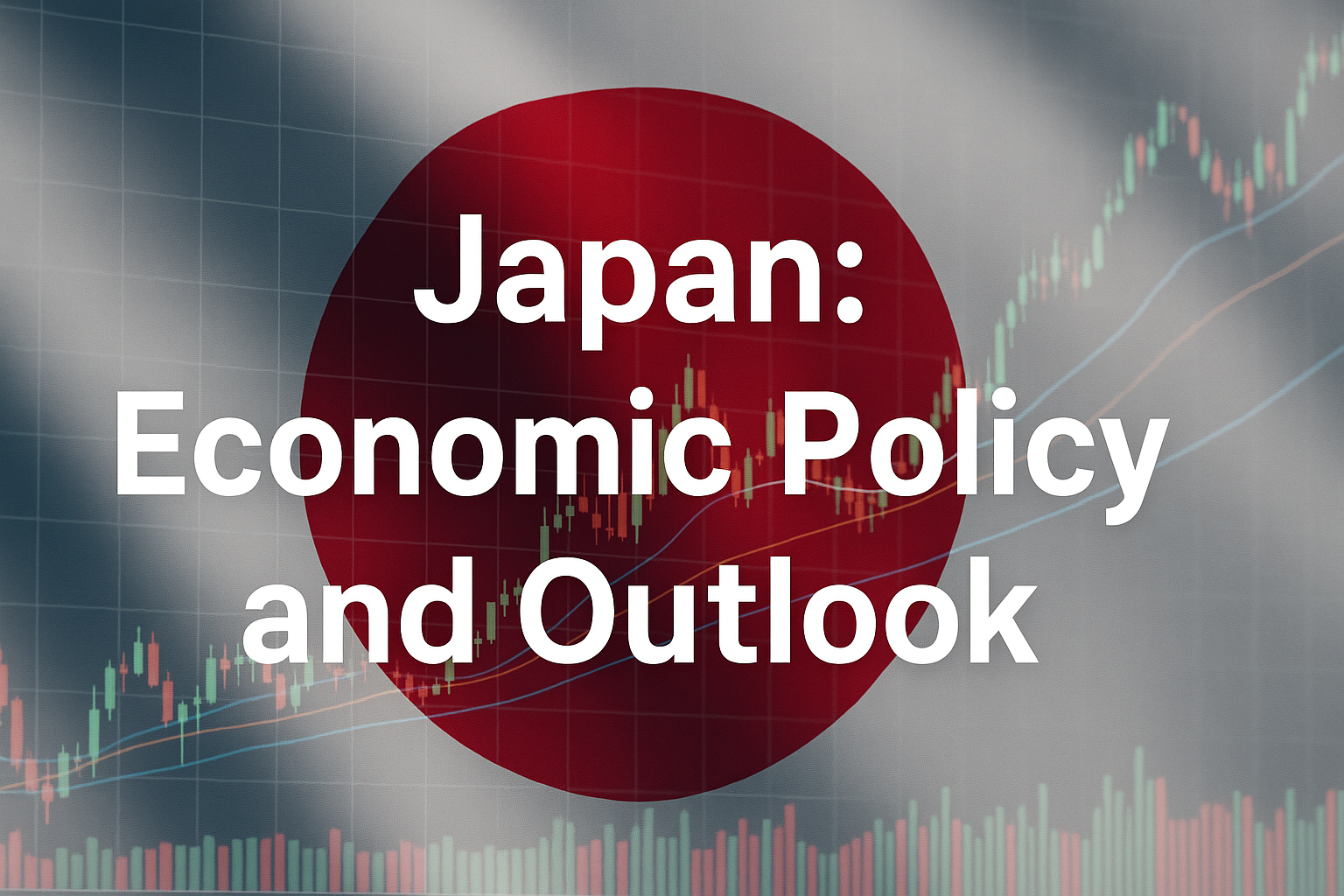– A New Compass for Asset Management Amid War Risks –
Date: June 30, 2025
Prepared by: International Economic Strategy Research Dept. / Senior Economist
1. Executive Summary
As of 2025, with instability across Ukraine, Gaza, and the Taiwan Strait, the global economy has entered a “Silent Hot War Era.” Unlike traditional wars, modern conflicts predominantly involve asymmetric methods—cyber warfare, sanctions, and localized skirmishes. In this era, investors are increasingly required to evaluate not only profitability but also safety, agility, and ethics.
This report outlines three strategic investment approaches to help achieve both capital preservation and growth amid geopolitical chaos:
- Constructing a Geopolitical Resilience Portfolio (GPR)
- Selective investment in the Defense & Military Sector
- Shifting toward Currencies, Commodities, and Alternative Assets
2. Typology of War Risks and Investment Impacts
| Risk Type | Real-World Example | Market Impact |
|---|---|---|
| ① Local Wars | Gaza-Hezbollah conflict | Oil price spike, Middle East equities decline |
| ② Proxy Wars | Ukraine conflict, Taiwan crisis | Defense stocks surge, Europe/Asia ETF swings |
| ③ Economic Wars | Sanctions on Russia, export controls on China | Affects semiconductors, energy, raw materials |
| ④ Cyber Attacks | Attacks on U.S. grid & financial systems | Volatility in telecom and financial stocks |
3. Strategy I: Geopolitical Resilience Portfolio (GPR)
🔹 Principles
- Apply a “geopolitical stress test” to asset classes and adjust weightings to improve downside resistance.
- Aim for dual objectives: “protect and grow.”
🔹 Recommended Allocation Example
| Asset Category | Allocation | Geopolitical


